The end of WWII brought new challenges for naval communication. The carriers soon were tasked with the nuclear strike role, which demanded a level of reliability not provided by the existing HF radios. The communications gaps caused by the vagaries of the ionosphere were completely unacceptable when they might have to pass orders for a nuclear strike. Something better would be needed, and the demand only grew throughout the 60s, as the Kennedy, Johnson and Nixon administrations attempted to exercise closer control over US forces and fleets in the field.1
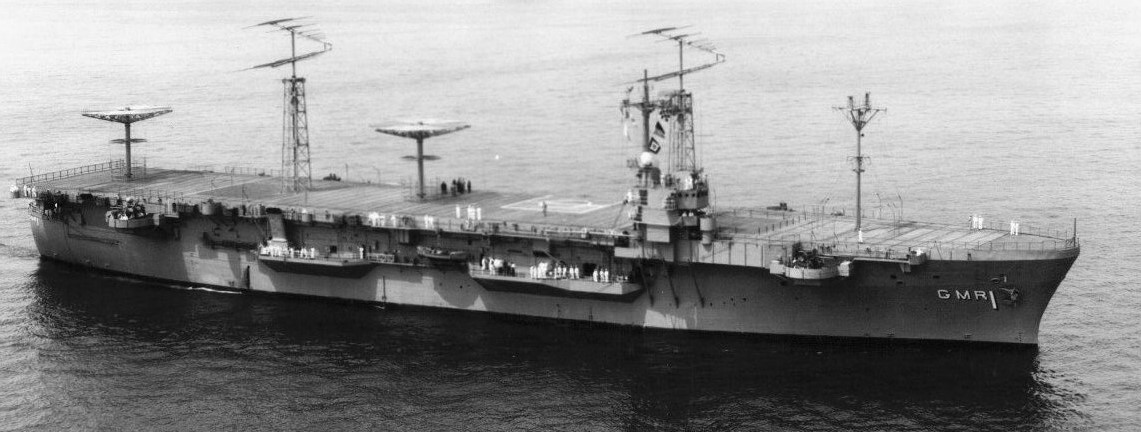
USS Annapolis, a communications relay ship
Initially, efforts were made to improve the performance of HF radio, most notably by using multiple frequencies. Ships had already maxed out the number of antennas they could carry,2 and specialized antennas were developed to handle multiple wavelengths at the same time, such as the discone antenna associated with NTDS. Even when it worked, establishing a connection took a long time. Worse, there were a few gaps in the USN's network of HF stations, and the stations themselves were often vulnerable to the shifting political landscape of the Cold War. An attempt was made to solve this by converting old aircraft carriers into communications relay ships, but only two were completed, and they spent most of their life supporting the fleet on Yankee Station off North Vietnam.3 A final drawback was the low bandwidth of HF signals. NTDS relied on using 30 different HF signals to pass all of the required information. But higher-frequency signals traveled only in straight lines, so new options would be needed.
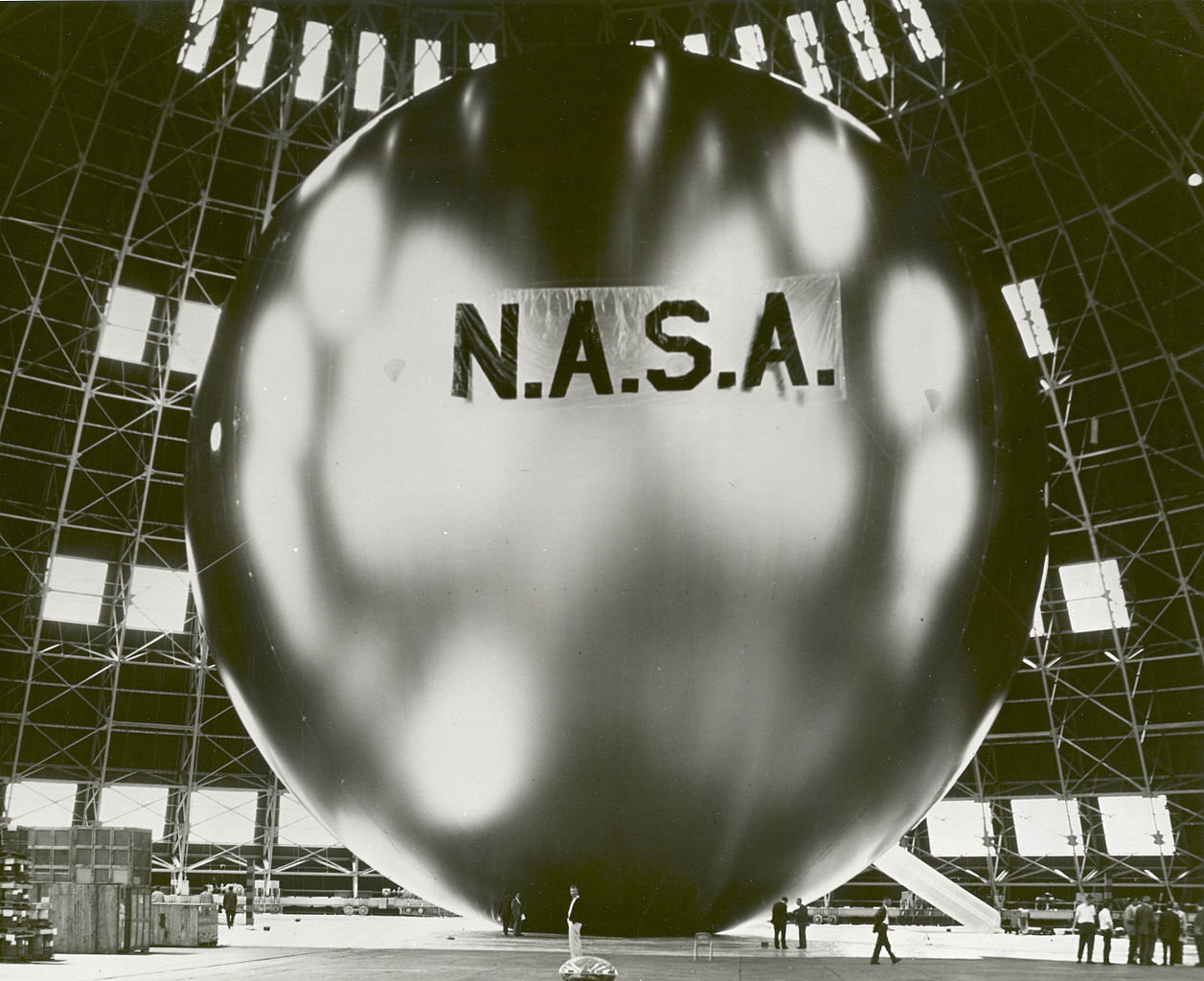
The Echo II passive relay satellite inflated on the ground
The 1950s saw the dawn of the Space Age, and space was the obvious place to look for new communications options. Options investigated included the use of meteor trails to reflect signals, bouncing radio waves off the Moon, using giant orbital balloons to reflect signals and even filling Earth's orbit with needles to form a reflective layer. Ultimately, however, all of these options were discarded in favor of the active communications satellite, which would pick up a signal and then retransmit it on a different link. Frequencies in the UHF band4 were well-suited to this, as they were able to penetrate the atmosphere with little attenuation and carry a great deal of data. The high frequency of UHF communication also meant that the antennas required for a directional signal were no larger than a typical fire-control radar, which operated in the same general band. This greatly reduced the danger of interception and direction-finding, as the beam was directed entirely skywards.
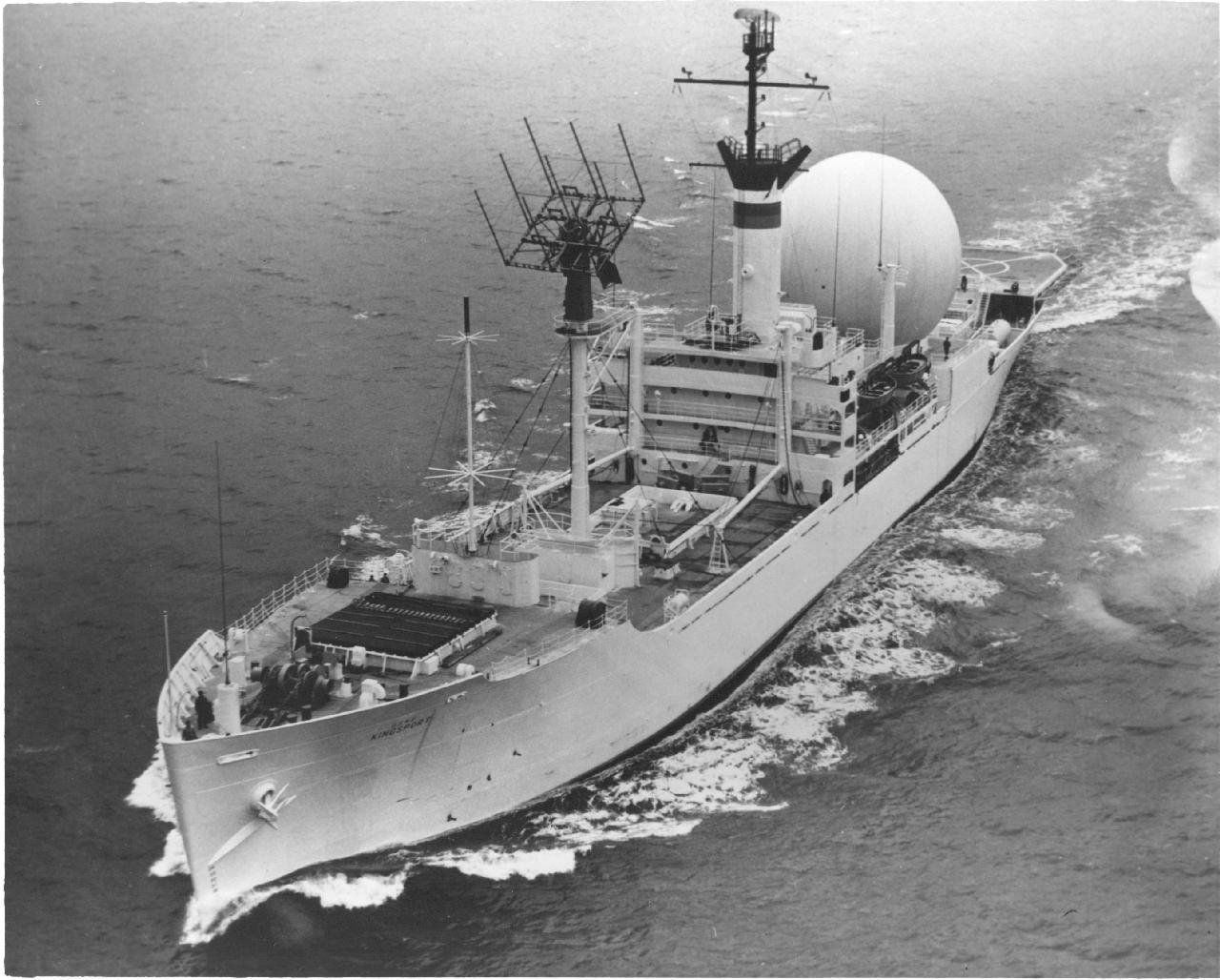
USNS Kingsport
Initial interest in communication satellites was primarily for operation between fixed sites. Transoceanic telecommunication cables of the day were inadequate for moving large amounts of data, so satellites offered the option of worldwide transmission of television pictures and large numbers of phone calls, and a viable communications satellite built with 60s electronics and launched by a 60s booster required large and expensive ground stations. However, an auxiliary could easily be modified to carry the necessary ground station, and the former cargo ship Kingsport was modified to run tests with Syncom 2, the first geostationary communications satellite.5 In the late 1960s, operational satellite constellations were set up, most notably the American DSCS and the British Skynet. DSCS carried most American traffic to and from Vietnam, but it remained limited to only a few ground stations. In an attempt to bring the benefits of satellites to tactical users, like ships at sea, TACOMSAT was launched in 1969. It proved successful, and was followed by the so-called "Gapfiller" transponders on the Marisat constellation6 in 1976, which provided an interim capability until the FLTSATCOM system began operation in the early 80s. This provided a wideband channel for the fleet commander, a new and more reliable fleet broadcast, which was necessary for the new network-centric concepts being implemented at the time, and a set of narrowband voice/data channels for tactical use. Every ship soon sprouted the discreet antennas to pick up the new fleet broadcast, and most ships belonging to both the US and our allies were quickly fitted with satcom capability.
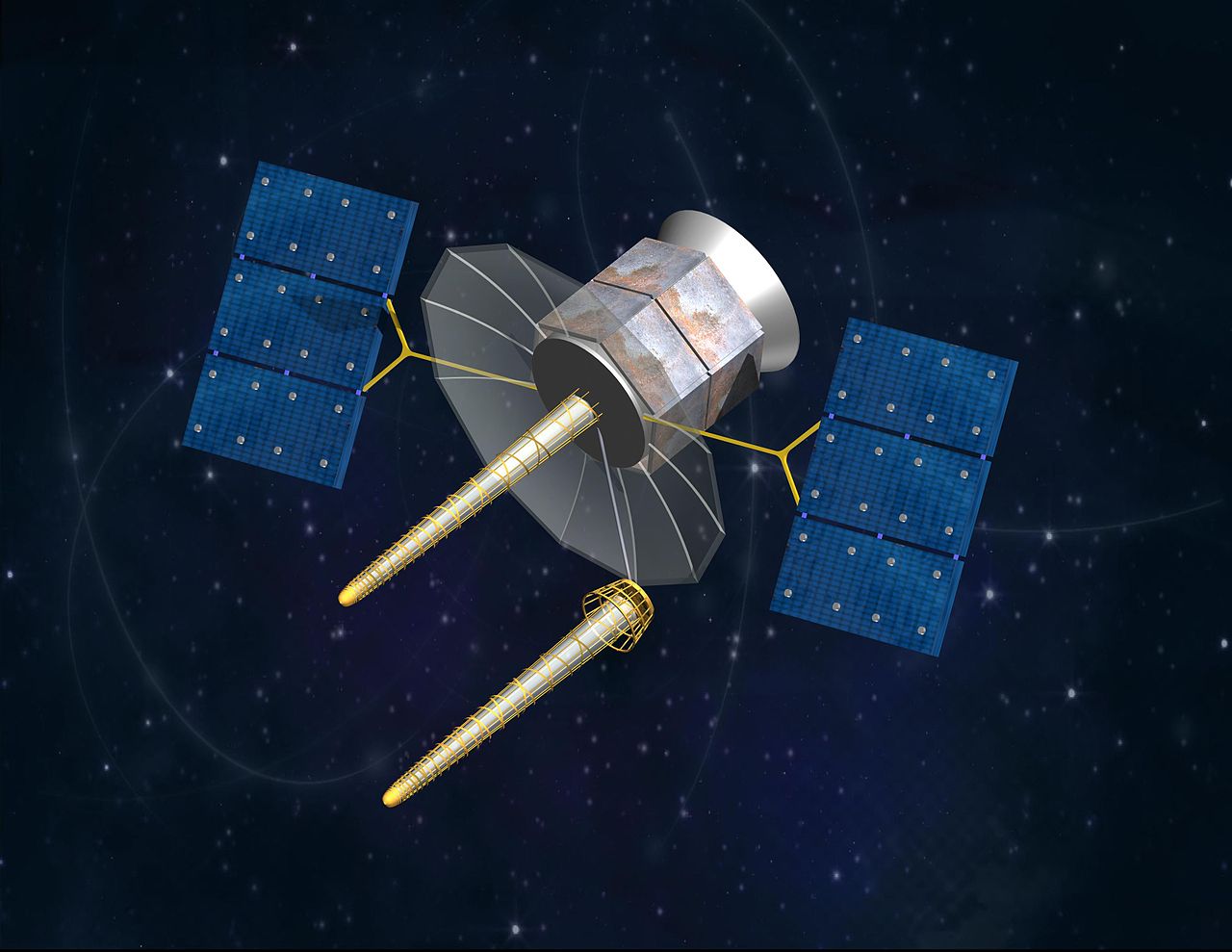
FLTSATCOM
Early communications satellites were designed as "bent pipes", which merely receive a signal, amplified it, and shift it to the downlink frequency. This raised three serious vulnerabilities. First, every transmitter is slightly different, which gives it a characteristic fingerprint that can, in theory, be associated with a received signal. This fingerprint is largely preserved through the satellite's transponder, and most satellites transmit over a large area,7 which gives potential enemies a chance to pick up on the downlinked signal. Second, the bent pipe also preserves any doppler shift in the signal between the transmitter and the satellite, which a clever adversary can use to locate the transmitter. Third, the uplink was still vulnerable to jamming, as the transponder amplified any signal it picked up, and most satellites could pick up signals over a wide area.8 Modern communications satellites like Milstar and WGS use a variety of strategies of counter this. Jamming is countered by the usual array of ECCM techniques, as well as the use of active phased arrays to create "steerable nulls", essentially allowing the antenna to ignore the jamming signal before it reaches the electronics. The various methods of signal analysis are countered by simply replacing the bent pipe with a system that decodes the binary signal and then reencodes it for transmission. This removes both transmitter fingerprints and doppler, as well as providing increased resistance to noise, although it means a more expensive satellite.
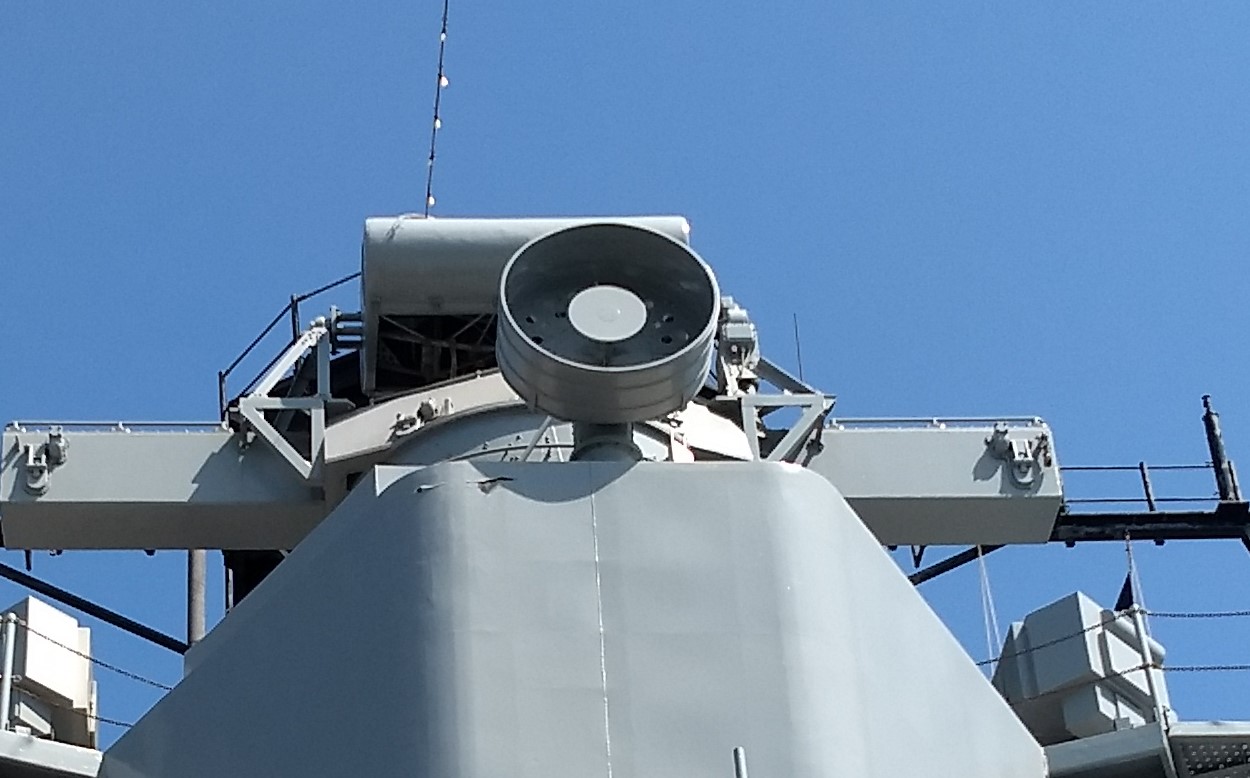
The satellite antenna aboard Iowa, mounted on the air-defense level9
In the late 1980s, the FLTSATCOM system was beginning to age, and the UHF Follow-On, or UFO, constellation was designed to replace it while providing increasing bandwidth to feed the insatiable appetite of the military. But even this has proved inadequate in recent years, as ground forces make increasing use of satellite bandwidth, and a new system, known as MUOS, has recently entered service. It uses a new model based on that used in cell-phone networks to allow rapid and flexible communication between forces worldwide.
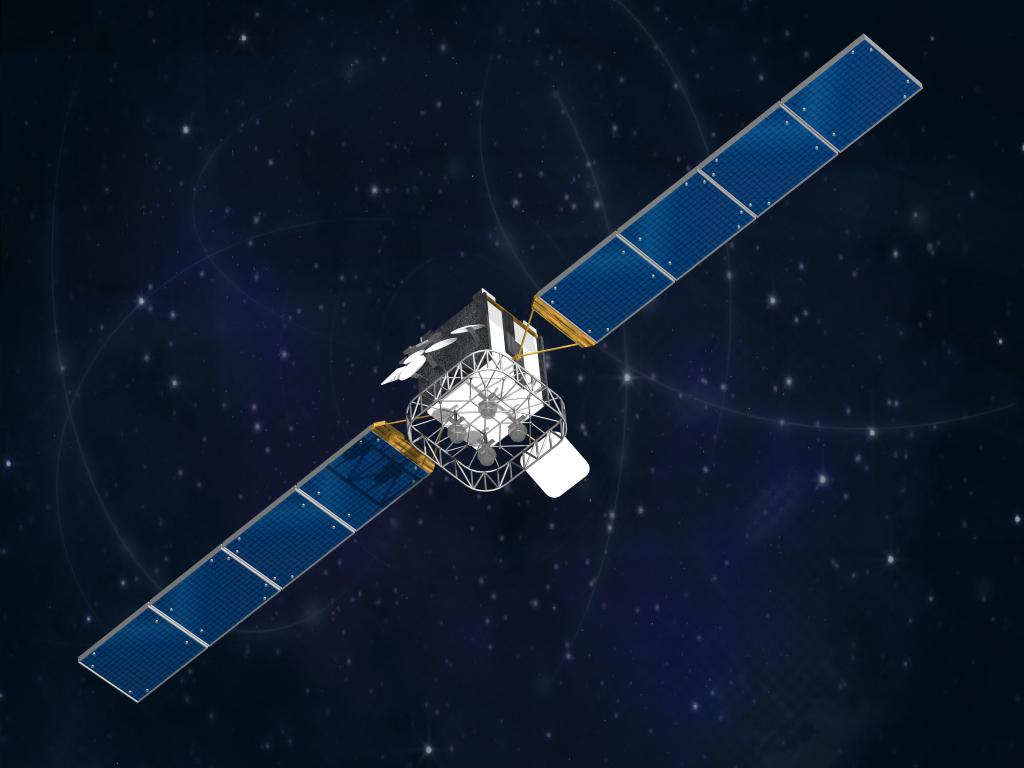
UFO
Satellites have revolutionized naval communications in a way unmatched even by radio. Now, even the smallest ship can communicate with higher headquarters instantly and reliably, and ships can take advantage of offboard sources of data even while their own radars and non-satellite radios are shut down to hide them from the enemy. This isn't without cost, of course. Sometimes satellite comms can interfere with other systems, as illustrated rather graphically by the loss of Sheffield. But the biggest problem is that there is never enough bandwidth to go around, particularly with new systems like unmanned vehicles springing up to absorb even more of it. Despite these problems, communications satellites will remain a vital part of seapower for the forseeable future.
1 During this era, there was a belief that the world teetered on the brink of nuclear war, which might break out if close control wasn't exercised from Washington. This belief often lead to silly results, like the carrier Constellation being mistaken for a radar plane and ordered to orbit at 35,000'. ⇑
2 Interference between these antennas was and is a serious issue, and theoretical modeling of it is still poorly understood. Large brass models are usually built to measure these effects. ⇑
3 Apparently, these ships had so many radio transmitters that when all of them were operating at full power, there was a threat of electromagnetic interference setting off bombs and warheads up to 4 nm away. ⇑
4 Ultra-high frequency, the band above VHF. UHF was adopted for line-of-sight communications in the postwar years due to bandwidth limitations on VHF, and also dominates tactical satellite communications, while strategic communications are usually done with EHF (extremely high frequency) and SHF (super high frequency), the next two bands up. ⇑
5 For those who don't know, geostationary satellites orbit with a 24-hour period, so they always stay over the same spot on Earth's equator. This makes them easy to talk to, because the satellite always appears to be in the same spot from the ground. For those who do know that it's more complicated, so do I, but this isn't a post on orbital mechanics. That's here. ⇑
6 Marisat was also the first system for civilian marine satellite communication, as merchant ships get many of the same benefits from satcom that their naval brethren do. It went on to form the basis for INMARSAT, one of the world's largest mobile satcom providers. ⇑
7 One main reason for this was that many of the reception stations were mobile, and it was easier to blanket the whole area than to find each one and send it a specific signal. ⇑
8 This problem extends beyond jamming, too. The complete lack of security on the early UHF transponders means that they are sometimes "borrowed" by unauthorized users. The FLTSATCOM system has had particular problems with Brazilians modifying radios to pirate their transponders. ⇑
9 My photo. If there's any confusion, it's the round thing. ⇑

Comments
Whose bright idea was it to name a satellite 'UFO'? Follow-on is clearly a backronym.
At least we Americans didn't trust the command and control of our strategic assets to Skynet.
In fairness to the British, the name of their system was chosen like two decades before Terminator came out.
How do you know your strategic assets aren't controlled by Skynet? Answer, you read it... on a computer screen.
You only know what the matrix wants you to know.
Thanks for introducing me to Project West Ford (the space needles) which certainly deserves a spot the long list of "They did WHAT??", ill-considered ideas from the 50's and 60's
The space needles project (which would probably work as the basis for a techno-disaster film without 99% of the audience realising it was real) does have a fundamental flaw: There was nothing stopping the Russians from using your expensive new radio reflectors.
"Yeah, we spent a few $Billion giving ourselves and the USSR a world wide radio communications network."
"You mean we got one and the Soviets copied it?"
"No...."
In fairness, the security on active satellites until the 80s was really bad. I haven't run across any references to the Soviets (or others) borrowing satellite time, but it could have happened. The big issue was probably coverage. That, and not irritating the US, which wouldn't be nearly as much of a concern for West Ford.
The old cyberpunk books were spot-on, weren't they?